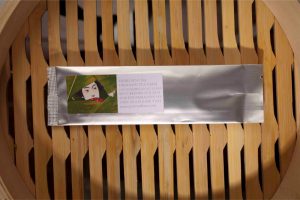 I must thank Kyle Whittington for sending me this tea from Postcard Teas.
I must thank Kyle Whittington for sending me this tea from Postcard Teas.
This sencha is very interesting, because it’s a blend of Yabukita and yamacha tea leaves. It’s the first time that I taste such a blend.
Hijiri means “a priest of high virtue”. The tea comes from Aichi prefecture and is cultivated at an altitude of 700 meters above sea level, without the use of pesticides.
I was feeling a little curious, so I managed to track the supplier of this tea. It’s a company called Omoteyaen.
Indeed, they haven’t used any pesticides since 1978, and only the leaves of the first flush are harvested each year.
Doesn’t it sound like a great tea already?
On with the tasting
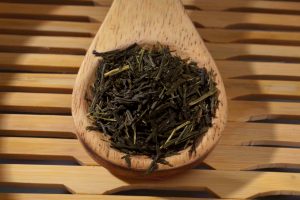 The leaves are dark and tightly rolled. Some of them have a shine that reminds me of gyokuro leaves. They have a slightly sweet aroma.
The leaves are dark and tightly rolled. Some of them have a shine that reminds me of gyokuro leaves. They have a slightly sweet aroma.
I used water at 80ºC (176ºC) and infused one teaspoon of tea leaves for one minute.
The liquor is greenish yellow, and it has a fresh smell. Nothing outside the norm.
While tasting it, I thought it was a very mellow, delicate taste. The astringency and bitterness are much lighter than the average sencha, even the umami flavor of high-grade sencha is barely noticeable.
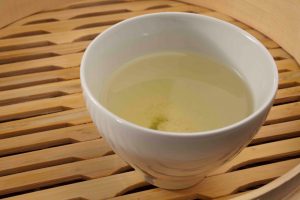 The website’s description is right in that this tea is good for the Western palette. It’s definitely easy to drink, no sharp flavors here.
The website’s description is right in that this tea is good for the Western palette. It’s definitely easy to drink, no sharp flavors here.
I then made another infusion and it was very much alike.
Hijiri Sencha is a green tea with character, I can’t think of many other teas that have a similar taste.



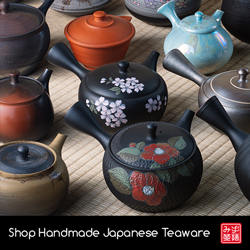
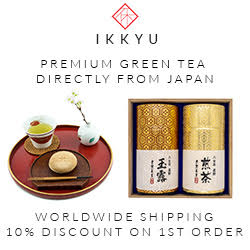
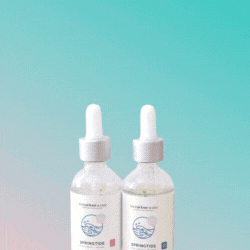
May 7, 2014
This sounds wonderful. I already like it without even having seen it! A rare combination of yamacha and Yabukita!!
Recently we made a small batch of green tea with leaves from yamacha (growing wild in Miyazaki, Japan and brought to Nepal) and the leaves from tea plants derived from the seeds of the tea given by the Chinese Emperor to the King of Nepal way back in 1850s/1860s. It was exquisite and was sold immediately.
Now I am beginning to really get interested in yamacha / zairaishu 在来種. Your blog posts on zairaishu and yamacha has played a role in stimulating that interest! Thank you.
May 7, 2014
Hi Lochan
Thank you for your comment. The tea you made sounds great.
Hopefully one day I can visit your tea field, it will be very interesting.